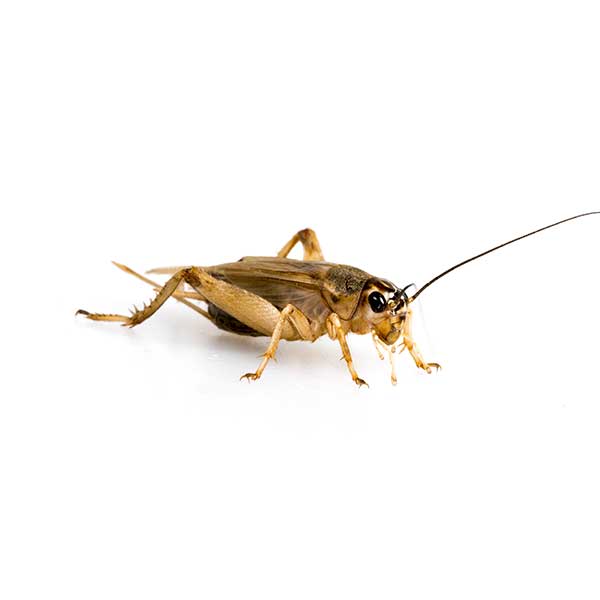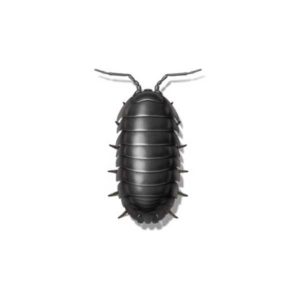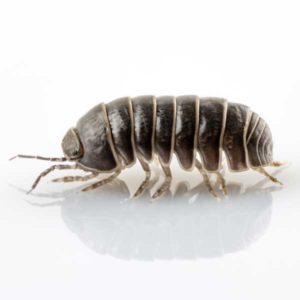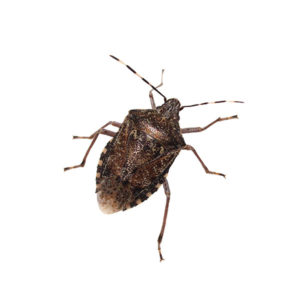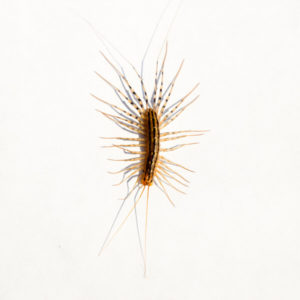House Crickets in Atlanta, GA
Introduced to Canada and the United States in the 18th century, the house cricket captivated early writers with its nocturnal serenades and destructive tendency to nibble on clothing. Crickets, being both nocturnal and omnivorous. They readily consume various foods, showing a particular attraction to liquids, including fermented beverages like beer or sweetened vinegar. As temperatures decrease in the fall, house crickets are drawn to warm, moist environments, leading them to seek both food and shelter within homes and other structures.
House Cricket Habitat
In warmer weather, house crickets typically inhabit outdoor areas characterized by piles of debris, rocks, firewood, and lumber. During winter, they may be observed in compost bins, garbage dumps, as well as seeking refuge in houses, sheds, and other shelters. As the weather turns cold, house crickets may make their way into homes, preferring warm areas within the house. Operating mainly at night, they become noticeable around dusk when they begin their quest for food indoors. Homeowners may become aware of their presence through their distinct chirping sounds. Male house crickets create these sounds by rubbing their front wings together, a behavior employed to attract females.
House Cricket Behaviors, Threats, or Dangers
While house crickets do not bite or transmit diseases, they can be bothersome when invading your home, causing damage to clothing, carpets, and fabric-covered areas. Attracted to warmth, these crickets are commonly found near fireplaces, kitchens, furnaces, water heaters, and in basements. House crickets often hide in cracks, behind baseboards, and may even burrow into the mortar of walls. Particularly destructive to silk and woolens, house crickets can be a source of concern for homeowners. If you’re dealing with a house cricket infestation on your property, it is advisable to reach out to Inspect-All Pest Services for assistance.

